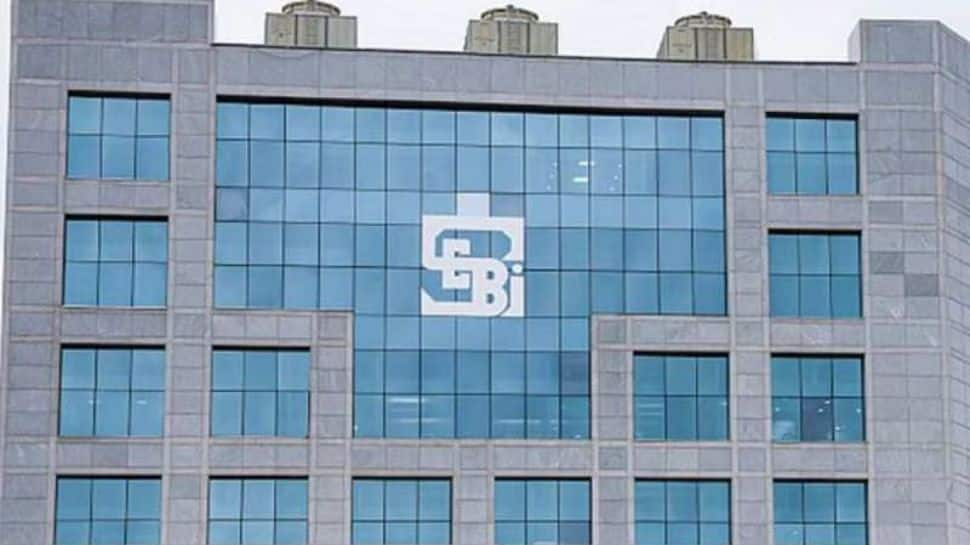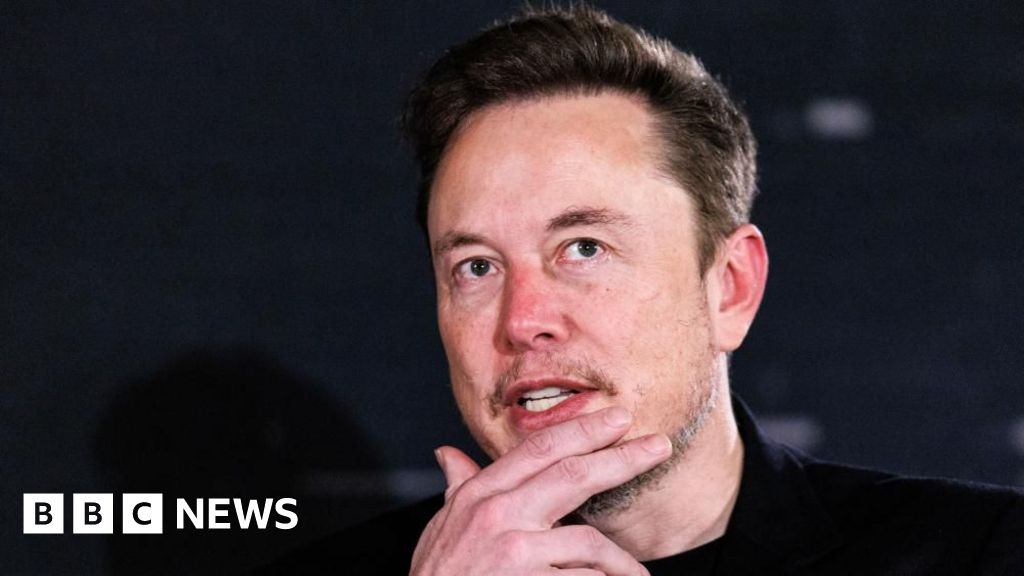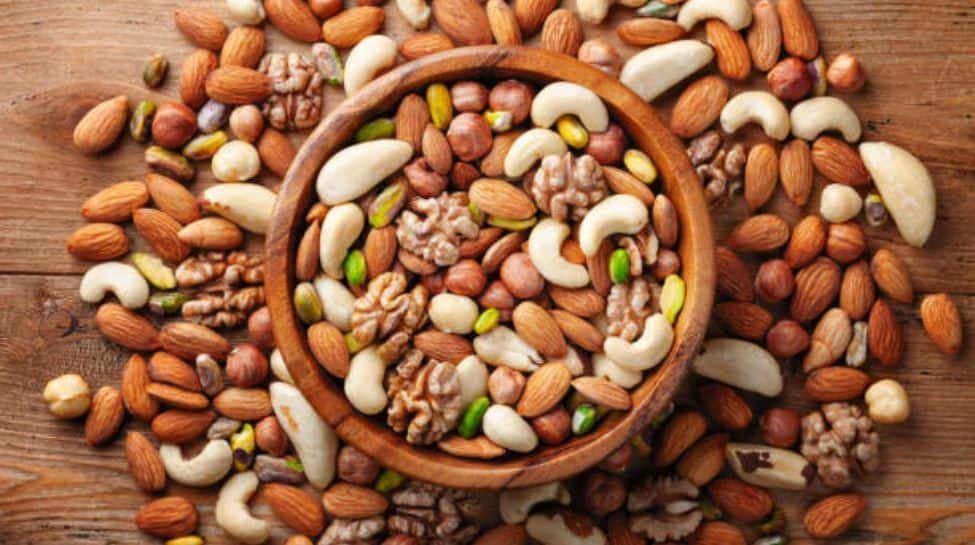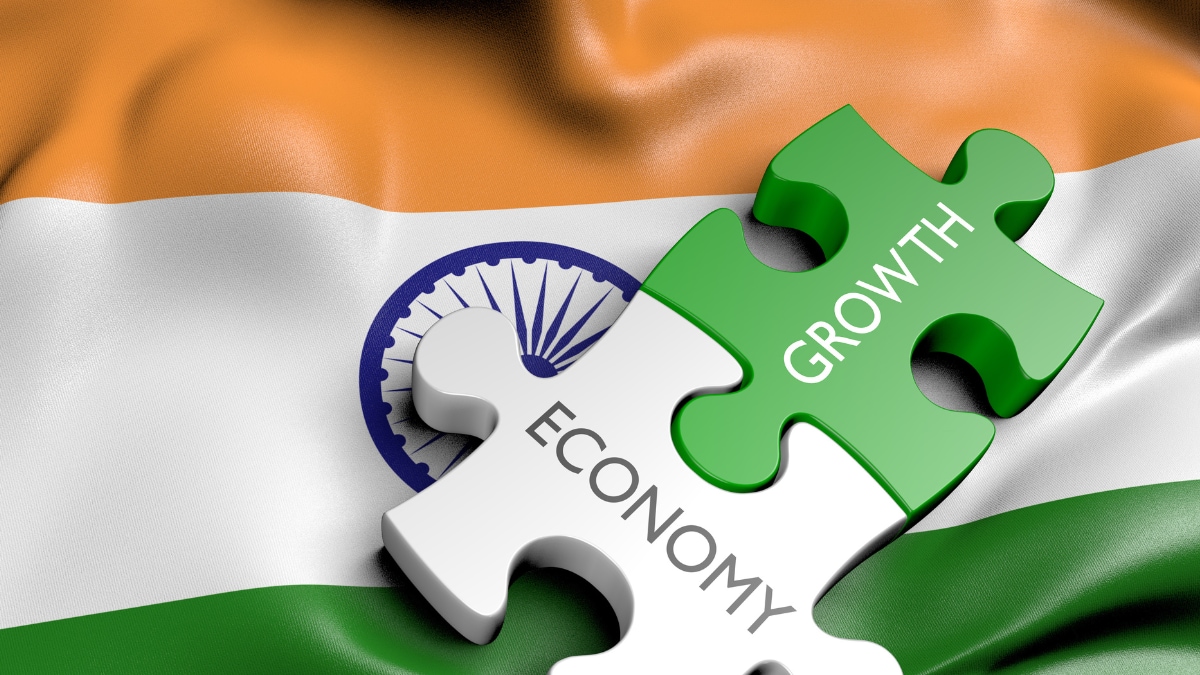Last Updated:
The strength of Indian economy and RBI’s conservative forecast gives us the confidence in realising 7.2 percent real GDP growth for 2024-25.
Indian economy draws its strength from robust macroeconomic fundamentals, effective monetary policy and fiscal prudence.
The Indian Monetary Fund’s (IMF) latest World Economic Outlook report maintained India’s GDP growth forecast at 7 per cent for 2024-25 positioning India as the fastest-growing major economy. The Reserve Bank of India (RBI) also maintained its initial forecast of 7.2 per cent. Even Deloitte also has a similar forecast. The latest finance ministry report also holds on to its initial forecast of 6.5 to 7 per cent. While the Union Budget provides estimates for nominal GDP for the next fiscal, it is the real GDP growth forecast from RBI that is widely tracked by fraternity focusing on Indian economy.
Some members of the fraternity believe that the RBI forecast may have to be revised downwards and the likes of Nomura and NIPFP have revised their growth forecasts downwards. And, their basis is also lower than forecasted Q1 FY25 GDP growth (6.7 vs 7.1 per cent) amid Q2 weakness as reflected in the latest quarterly numbers of FMCG companies and high-frequency indicators. The weakness is said to continue for the rest of the fiscal. However, the claims of weakness appear to diverge from the reality of robust macroeconomic fundamentals of the Indian economy.
Price stability, banking system stability for financing growth, increased income earning opportunities with growth in real incomes and stable external sector form the pillars of economic growth. Softening crude oil prices during H2 FY25, a stable exchange rate backed by nearly $700 billion forex reserves, higher-than-average rainfall, better kharif arrivals in conjunction with the Modi government’s commitment to cooling food prices, fiscal consolidation and improving expenditure quality are expected to bring down the headline inflation including food to 4.5 per cent in FY25.
GNPA in the banking sector is at 2.7 per cent as of June 2024. While the credit growth is marginally lower at 14.4 per cent y-o-y as of September 2024 compared to 15.3 per cent in September 2023, growth in credit to industry is higher at 9.1 per cent y-o-y as compared to 6 per cent a year earlier. Marginal reduction in overall credit growth is on account of banking sector efforts to reduce the credit and deposit growth gap and RBI regulations on personal loans.
On the income-earning opportunities front, indicators are signalling the robustness of the Indian economy. Total formal jobs created during July and August 2024 grew by 6 per cent over the corresponding months in FY24 and during the first 5 months of FY25, formal jobs grew by 8 per cent y-o-y. The number of persons who demanded employment under MGNREGA saw a reduction of 18 per cent in Q2 FY25 over the corresponding quarter of the previous fiscal and during the H1 of FY25, a reduction of more than 15 per cent y-o-y. The continued thrust by the Modi government on creating income-earning opportunities is likely to lead to the worker-population ratio increasing with a concomitant decrease in the unemployment ratio in the current survey period (July-June) as well.
According to India Ratings and Research, rural agricultural and non-agricultural real wage growth turned positive in July 2024. With inflation moderating and higher-than-normal rainfall, the real wage growth is expected to remain in the positive territory. Real wages are likely to grow by around 6.5 per cent year-on-year in the current financial year, nearly double when compared with the previous year’s growth of 3.5 per cent.
RBI exudes confidence in the external sector. In their view, as an outcome of international investors’ interest in the Indian economy driven by robust macroeconomic fundamentals, forex reserves are above USD 690 Billion and India is the fourth largest reserve-holding country in the world. India’s reserves cover entirely the level of external debt, comfortably cover all debt servicing requirements and are equivalent to 12 months of imports. India’s exchange rate is among the least volatile in the world. India’s current account deficit (CAD) is modest at around 1 per cent of GDP and is expected to remain at around 1 – 1.6 per cent of GDP up to 2026-27.
IMF notes that the domestic engines of private consumption and investments are driving the Indian economy. The growth rate in private consumption in Q1 of FY25 rebounded sharply to 7.4 per cent from a low of 4 per cent in FY24. Personal loan growth and GST collections suggest similar performance in Q2. Personal loans grew in double digits at 16.4 per cent y-o-y in September 2024 with consumer durables and vehicle loans posting robust growth rates while GST collections, the lead indicator of consumption, grew by 8.9 per cent y-o-y in Q2 FY25 and 9.5 per cent in H1 FY25. The slight moderation in the personal loan growth and thus GST collections is an outcome of the banking sector tightening credit.
Exports do boost consumption. Amidst the increased trade restrictions in 2024, combined merchandise and services exports in Q2 and the first half of 2024-25 grew by 1.2 per cent and 4.9 per cent y-o-y respectively in comparison to 1.5 per cent and (-) 3 per cent respectively a year ago. Total exports in value terms are expected to register positive growth in the current fiscal driven by improved global growth prospects. Improvement in consumer sentiment reflective indicators such as GST collections, auto sales, fuel consumption and PMI Manufacturing for the month of October is a great start to H2 FY25.
Consumer confidence (the current situation index) improved in the September 2024 survey round vis-a-vis the previous round on account of better perceptions about the general economy, employment, income conditions and spending. Consumers’ optimism for the year ahead, measured by the future expectations index, also improved in the latest round vis-à-vis the previous one. Brightening labour markets, prospects of an increase in real wages, improved consumer confidence and optimism, deposits outpacing credit growth and expectation of improved loan demand from the retail side will mean that India is poised to witness private consumption growth of more than 7 per cent.
Private corporations, households and the government are the major sources of investments in the Indian economy. Despite the corporate deleveraging, growth in credit to industry more than doubled in the 5 months of the financial year implying increased momentum of corporate sector investments. Growth in real wages, pick up in consumption from rural areas and capacity utilisation well above the long-term average of 73.8 per cent support the expansion in corporate sector investments. According to RBI, investments by corporates will increase significantly from 1.59 lakh crores in 2023-24 to 2.45 lakh crores in 2024-25.
Housing loans, a proxy to investments by households, grew by 6.8 per cent in H1 FY25 in comparison to 5.8 per cent growth in H1 FY24. This momentum is expected to continue for the remainder of the financial year. During Q2 2024-25, the Central government’s capital expenditure grew by 10.2 per cent y-o-y. This partially offset the loss of momentum in capital expenditure in Q1 of FY25 due to the model code of conduct in general elections. As a result, the government’s capital expenditure for the first half of the current fiscal has improved but is still in negative territory. The capital expenditure is likely to witness positive growth in the financial year as stated in the budget document. Capital expenditure from states is also expected to register positive growth.
Indian economy draws its strength from robust macroeconomic fundamentals, effective monetary policy and fiscal prudence. The strength of the Indian economy and RBI’s conservative forecast gives us confidence in realising 7.2 per cent real GDP growth for 2024-25. Not only would India realise the forecasted growth, the economy is also in a position to achieve an economic size of $5 trillion by 2027-28 and revert to 8 per cent growth before becoming the third largest economy by 2030.
(The author is an economist & columnist and a member of the Bharatiya Janata Party)















































